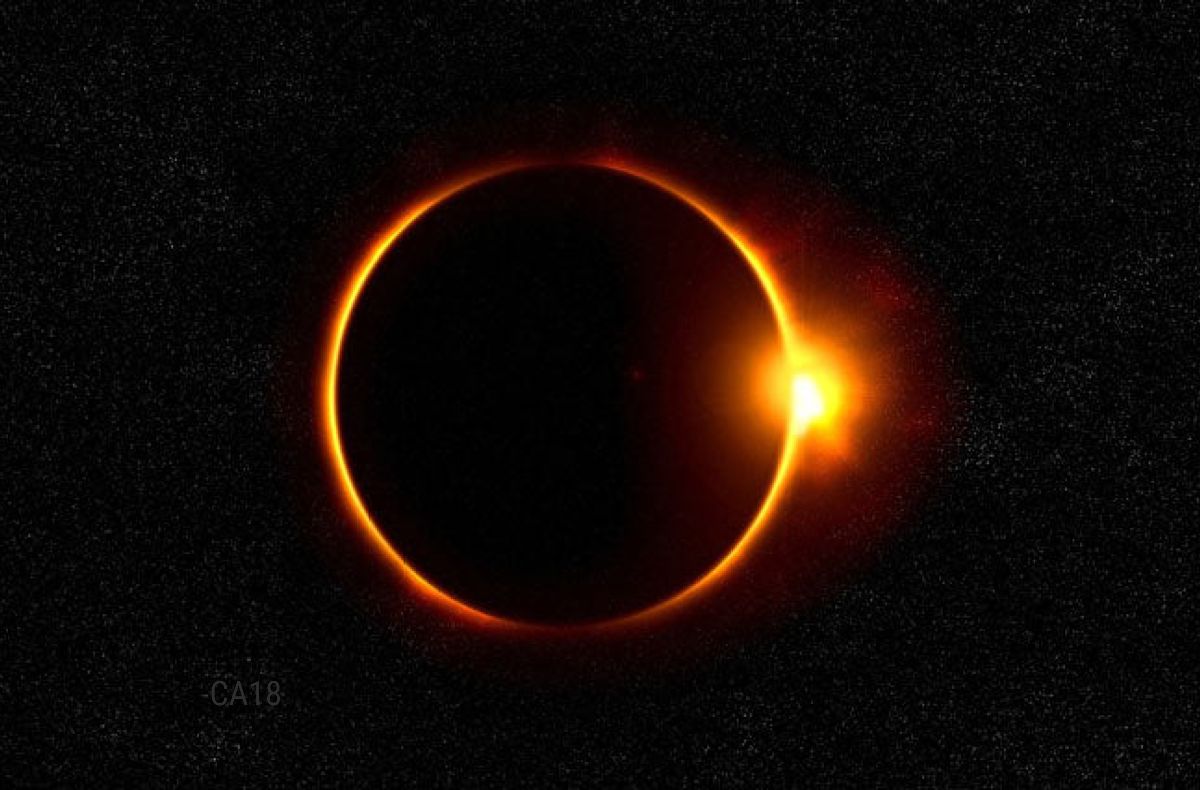- Nokia will install a 4G network on the Moon in the course of 2023, even before the launch of the Artemis missions
- This LTE network should both facilitate communications on the Moon and with the Earth
- The hardware will be launched by SpaceX and installed in Shackleton Crater conveniently located at the South Pole near the landing site of the Artemis missions.
Nokia had been selected by NASA in 2020 to build the first mobile network on the Moon. Three years later, the Finnish company finally seems ready to accomplish this ambitious mission. According to CNBC, Nokia claims that a functioning 4G network will be installed on the Moon by the end of this year. Everything will be ready for the moon landing of the Artemis mission in 2025 and the arrival of astronauts (and their smartphones?) on the star.
The concrete installation of the network in the crater of Shackleton, a crater ideally located on the south pole, permanently lit by the sun, is in itself a mission in its own right. The location was chosen because it is in this area that future NASA Artemis missions will make their moon landings. The first 4G base station will be attached to a Nova-C lunar lander (capable of carrying a maximum payload of 100 kg).)
Why the 4G network that Nokia wants to install on the Moon is important
As a bonus, there will also be a rover, entirely piloted by the first LTE network in history on the Moon. Nokia will launch all the hardware in SpaceX rockets. The establishment of a lunar base will inevitably require the delivery of a quality internet connection to ensure reliable communication with the Earth.
Companies like Aquarian Space have also promised to install, as a bonus, a Wi-Fi network on the Moon in the coming years. NASA is betting a lot on the Moon to develop much more ambitious future missions, such as allowing humanity to set foot on Martian soil.
Thanks to the absence of an atmosphere and its low gravity, the Moon drastically simplifies the take-off of rockets. These require much less fuel to extricate themselves from the gravity of the natural satellite and reach distant destinations at the edge of the solar system. NASA and its international counterparts even think they can produce the fuel essential to these missions on site, directly from the water present on the Moon.
Although the Moon looks like a basalt desert without a particularly arid atmosphere, significant amounts of ice have been detected in some craters, parts of which are never exposed to the sun. More recently, Chinese scientists have made an even more promising discovery: in samples brought back to earth they have found many small beads of porous silica soaked in water.
These little pearls, a kind of “microscopic glass water bottles” would be easy to collect, and present on almost the entire surface of the Moon. An advantage over the frozen water of craters: the extraction of water by the first settlers will probably be easier, since it suffices to heat the collected soil to cause the water to evaporate instead of going to detach physically pieces of ice in craters.
The installation of this 4G network by Nokia should greatly facilitate the life of the first humans on the Moon since the Appolo missions. But also the piloting of rovers and other probes remotely, relying on the 4G network. If Nokia could demonstrate the possibility of a reliable internet connection from the Moon, it could solve some of the communication problems that have so far complicated the establishment of a permanent base on the Moon.

